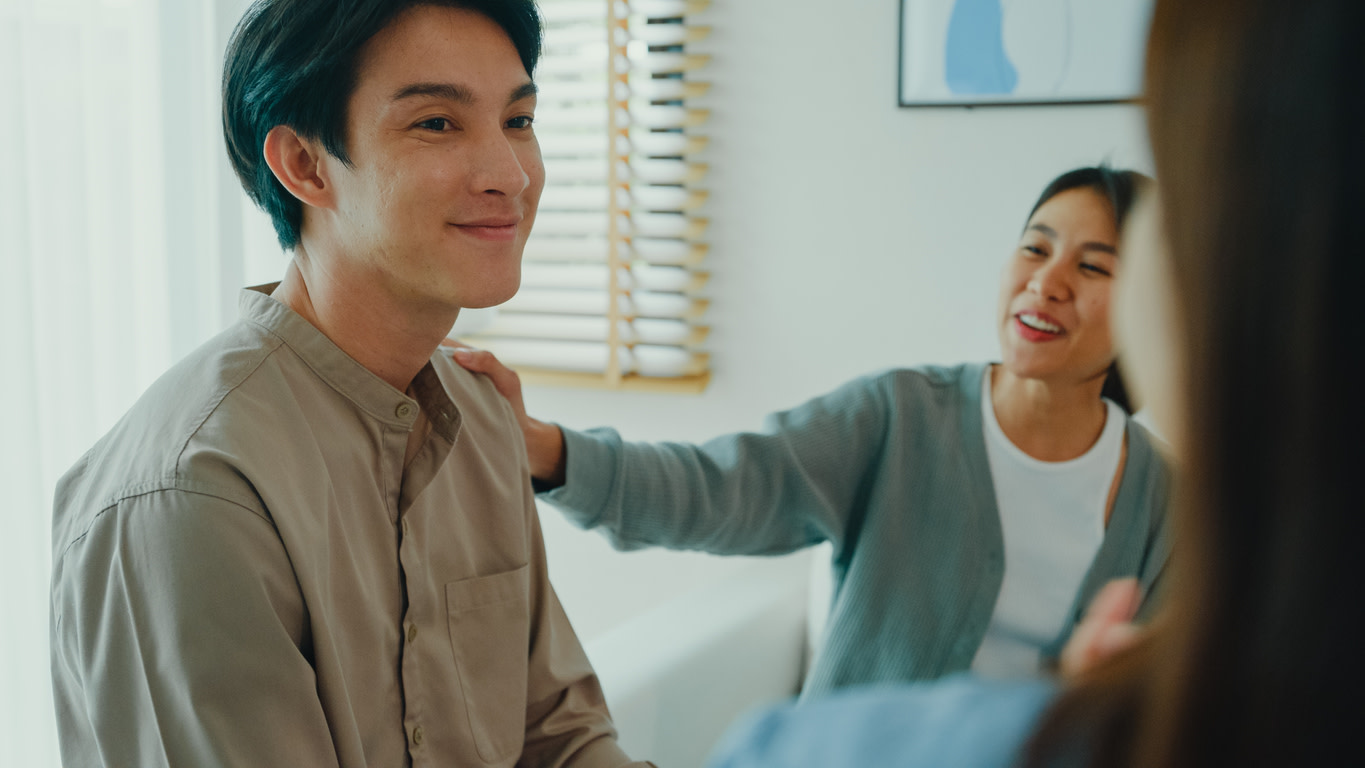How to Address Rounded Shoulders, According to Physical Therapists
Rounded shoulders can change your appearance and contribute to pain, but there’s a lot you can do to make things better, including targeted exercises.
$0 cost to you
Published Date: Sep 10, 2024
Table of Contents
Fully covered arm or shoulder pain relief
Find relief from arm pain, shoulder pain, pinched nerves, & more.
Check if I'm eligibleExercises to Address Rounded Shoulders
Want expert care? Check if you're covered for our free program →- Wall Push-ups
- Open Book
- Bent Over IYT
- Doorway Stretch
- Scapular Squeeze
- Wall Angels
- Chin Tucks
